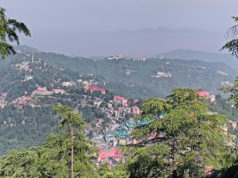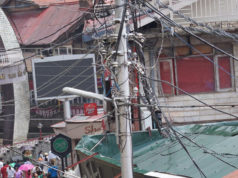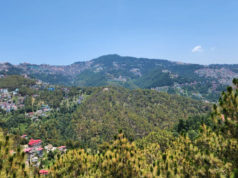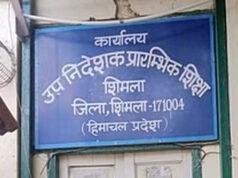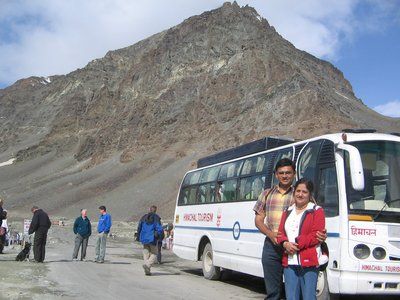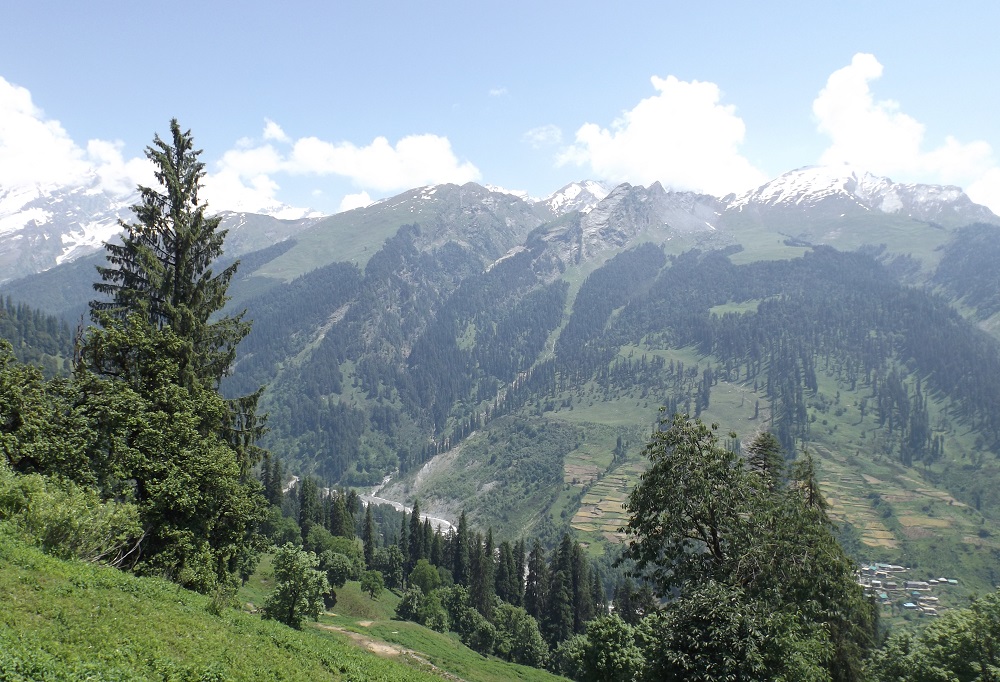Himachal Pradesh, once a sanctuary of pristine natural beauty and unpolluted air, is now facing a dire environmental crisis. The surge in tourism, rampant forest fires, and ineffective waste management are transforming this serene haven into a polluted landscape, prompting urgent concerns about the sustainability of its newfound popularity.
Every year, thousands of tourists descend upon Himachal Pradesh to escape the plains’ oppressive heat or enjoy the winter snow. The state government, eager to boost tourism revenue, has expanded roads and infrastructure at a rapid pace. However, these developments have come at a significant environmental cost. In 2023, Himachal Pradesh incurred losses exceeding Rs. 12,000 crore due to monsoon-induced landslides, exacerbated by aggressive road widening projects. Critical routes, such as the Kullu-Manali highway, suffered severe damage, underscoring the fragile nature of the state’s mountainous terrain.
The surge in vehicular traffic has led to a dramatic increase in air pollution. Cities like Manali, Kullu, Shimla, and Dharamshala, once known for their clean air, now suffer from severe traffic congestion and deteriorating air quality. In Manali, traffic jams stretching up to eight hours are common. Similarly, in Shimla, the 15 km journey to Kufri can take over two hours. The resulting vehicular emissions have cast a persistent haze over these picturesque locales, significantly affecting air quality.
Forest fires have emerged as another major challenge. Since April 2024, the Himachal Pradesh Fire Department has recorded a staggering 1,640 forest fires, devastating approximately 1.72 lakh hectares of forest land. The smoke from these fires not only destroys the green cover but also severely impacts air quality, posing health hazards for residents and tourists alike.
Twig burning in the state’s apple-growing regions further exacerbates the pollution crisis. Farmers burn pruned apple branches from November to February, releasing large amounts of smoke into the atmosphere. This practice not only deteriorates air quality but also frequently leads to uncontrolled fires in nearby forests.
Waste management remains a pressing issue. Tourist hotspots are littered with plastic bottles, wrappers, and other refuse. Ineffective waste management systems struggle to cope with the influx. Despite occasional cleanliness drives by NGOs and government departments, a sustained and systematic approach is lacking. Even with door-to-door garbage collection in many cities, littering remains rampant, highlighting the need for stronger public responsibility and enforcement measures.
Addressing this multifaceted crisis requires urgent and decisive action. The government must implement stricter regulations to manage forest fires. One potential solution is the collection and reuse of pine needles, which are highly flammable and contribute to the spread of fires. Developing rainwater harvesting systems in fire-prone areas could provide a ready water supply for firefighting efforts. Additionally, planting fire-resistant species in vulnerable areas could help mitigate the risk of future fires.
Twig burning has a straightforward solution: mulching. By chopping the pruned branches into small pieces, they can be used as fertilizer, enriching the soil and reducing the need for chemical fertilizers. Some progressive apple growers have already adopted this practice, demonstrating its feasibility and benefits.
For waste management, the government needs to enforce stricter measures. Hefty fines for littering, increased public awareness campaigns, and more robust waste management infrastructure are essential. Tourists and residents alike must be educated about the importance of maintaining cleanliness and the impact of their actions on the environment.
Finally, policymakers must reconsider the current approach to tourism. Sustainable tourism practices should be prioritized over merely increasing tourist numbers. This includes limiting the number of visitors during peak seasons, promoting eco-friendly accommodations, and ensuring that tourism development does not come at the expense of the environment.
The serene hills and pristine rivers of Himachal Pradesh are at a tipping point. Without immediate and concerted efforts to address pollution and environmental degradation, the state risks losing its natural heritage. It is time for all stakeholders—government, residents, and tourists—to come together and protect the beauty and health of Himachal Pradesh for future generations.







